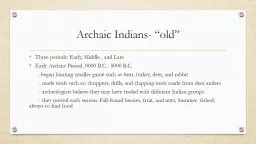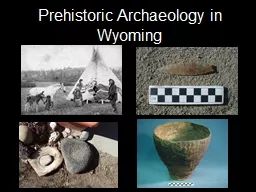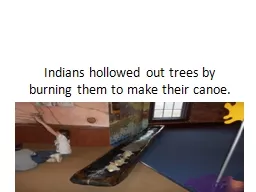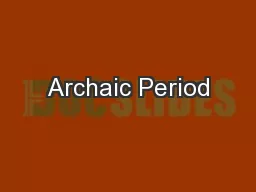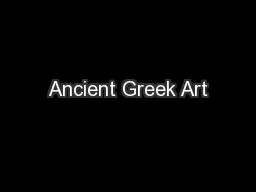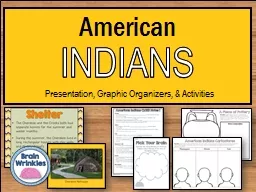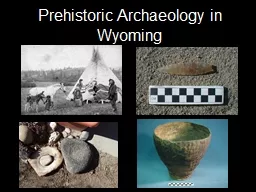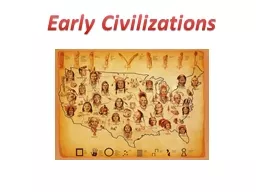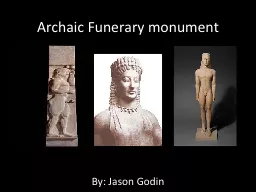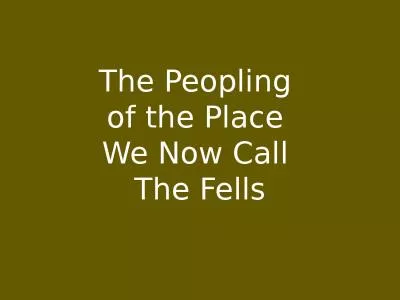PPT-Archaic Indians- “old”
Author : alida-meadow | Published Date : 2018-11-07
Three periods Early Middle and Late Early Archaic Period 8000 BC 5000 BC began hunting smaller game such as bear turkey deer and rabbit made tools such as choppers
Presentation Embed Code
Download Presentation
Download Presentation The PPT/PDF document "Archaic Indians- “old”" is the property of its rightful owner. Permission is granted to download and print the materials on this website for personal, non-commercial use only, and to display it on your personal computer provided you do not modify the materials and that you retain all copyright notices contained in the materials. By downloading content from our website, you accept the terms of this agreement.
Archaic Indians- “old”: Transcript
Download Rules Of Document
"Archaic Indians- “old”"The content belongs to its owner. You may download and print it for personal use, without modification, and keep all copyright notices. By downloading, you agree to these terms.
Related Documents

